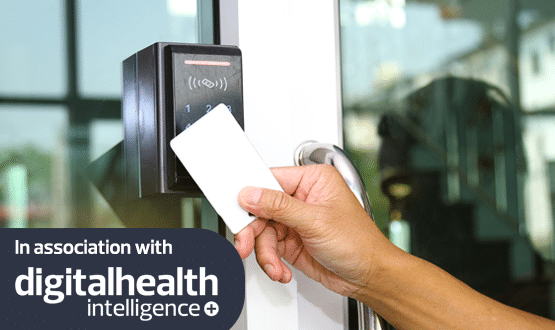South London and Maudsley deploys digital care assistant
- 28 September 2020

South London and Maudsley NHS Foundation Trust has begun using a digital care assistant on one of its wards.
The trust has deployed Oxehealth’s digital care assistant in the seclusion suite of Eileen Skellern 1 ward.
The technology consists of a wall-mounted device and software, which includes a Vital Signs module that can measure breathing and pulse rate, without the need for a device or wires to be attached to the skin.
On the Eileen Skellern ward, it means that clinical staff supporting patients in the seclusion suite can obtain vital signs information, without entering their room to carry out a physical examination.
Dr Faisil Sethi, consultant psychiatrist on the ward, explained that taking physical health observations can be challenging if patients don’t want clinical staff to enter the room and that at times it may be more therapeutic to wait, especially if it means supporting some rest or better sleep.
“Mental health patients have a much bigger burden of physical health conditions than the general population, and that can be compounded by the stress of the situation and the medicines they may have been prescribed,” he said.
“As an organisation and as clinicians, we have a responsibility to maximise the physical health of our patients. Yet taking physical observations can be difficult when a patient is in seclusion.
“This project helps us to address that challenge because, without having to be in the same space as the patient, we can collect some critical health parameters to better understand their physical health and wellbeing.”
The Eileen Skellern 1 ward team has been collecting data for six months to check that the technology is enabling them to enhance the quality of physical healthcare when monitoring patients in seclusion. Staff and patients are regularly asked about their experiences on the ward.
Charlotte Wood, director of mental health at Oxehealth, added: “We are very pleased that ES1 ward has introduced the Digital Care Assistant as a quality improvement project that continues its tradition of innovation and continuously improving the environment for patients when they are at their most unwell.
“We are now working closely with the professional team to demonstrate that that this is the future for supporting the very important monitoring of physical health for patients in seclusion.”




